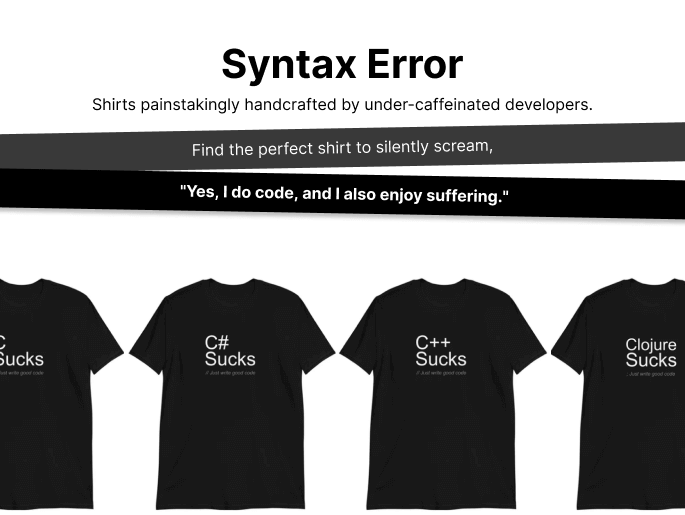Source: www.upguard.com
8 Key Elements of a Third-Party Risk Management Policy | UpGuardWe think you might be interested in this job:
Prismatic
Once your organization outlines how it will evaluate potential vendors and identify third-party risks, it should start using its TPRM policy to standardize vendor onboarding and risk management processes.
In addition to regulating the maintenance of your organization’s third-party vendor inventory, your TPRM policy should also note how your organization will maintain supplier risk profiles, track the level of data shared with each vendor, and install security controls to limit the level of information orhttps://www.upguard.com/blog/sensitive-data its exposes to a vendor.
A comprehensive TPRM policy will document how the organization’s TPRM program maintains supply chain visibility and list all the ongoing monitoring activities the program uses to manage third-party vendors.
Related Articles
Community Partners
DevOps Careers






